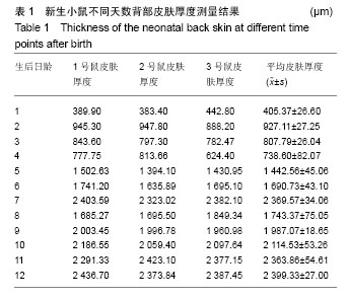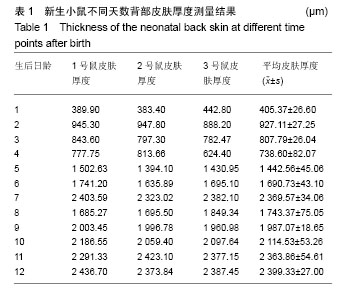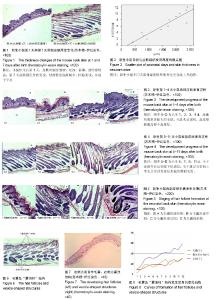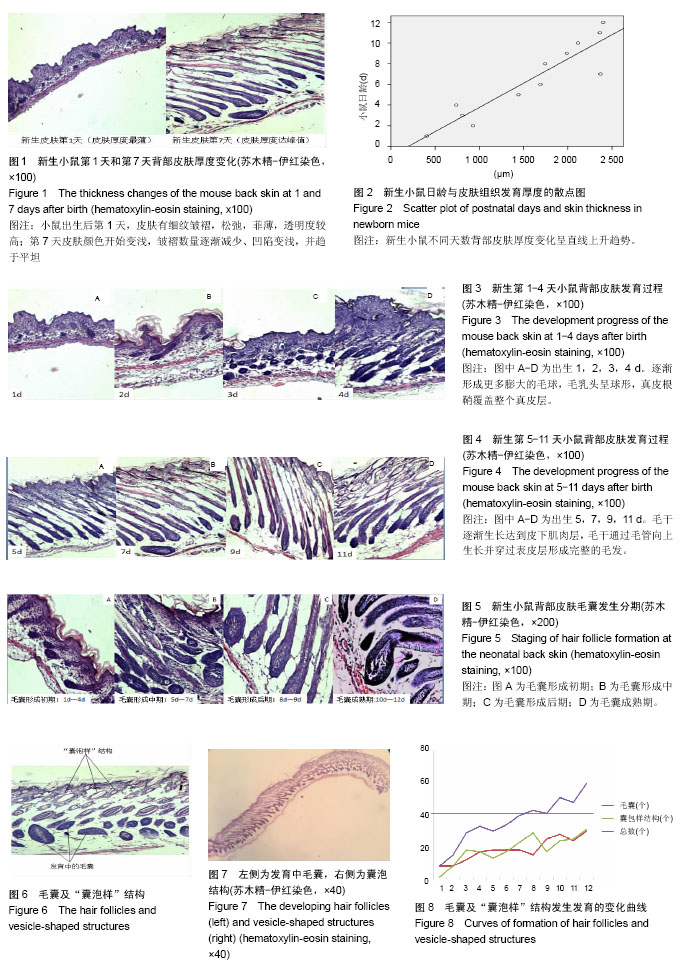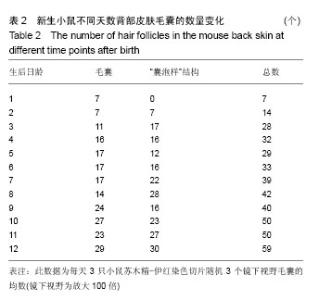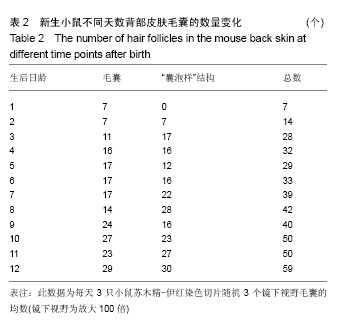| [1] 杨青,李秀兰,张扬,等.毛囊干细胞的研究进展[J].国际生物医学工程杂志,2012,35(5):308-311. [2] 李幼忱,刘杰,王德文.毛囊真皮鞘细胞的生物学特性研究进展[J].生物医学工程学杂志,2007,24(3):694-696.[3] 陈琳,习佳飞,刘大庆,等.小鼠皮肤表皮和真皮细胞共移植诱导毛囊再生实验研究[J].中国修复重建外科杂志, 2016,30(4): 485-490. [4] Paus R, Müller-Röver S, Van Der Veen C, et al. A comprehensive guide for the recognition and classification of distinct stages of hair follicle morphogenesis. J Invest Dermatol. 1999;113(4):523-532.[5] Al-Nuaimi Y,Baier G,Watson REB, et al. The cycling hair follicle as an ideal systems biology research model.Exp Der-matol.2010;19(8):707-713. [6] 张郑,张汝敏.毛乳头细胞诱导毛囊形成的研究现状[J].中国实用医药,2009,4(12):231-233. [7] 张璐,张燕军,苏蕊,等.MicroRNA对皮肤毛囊发育的调控机制[J].遗传,2014,36(7):655-660. [8] 俞梦洁,夏汝山,杨莉佳.Wnt/β联蛋白信号通路在毛囊形成和毛发生长中的作用[J].国际皮肤性病学杂志, 2015;41(6):399-404. [9] Clevers H,Nusse R.Wnt/β-Catenin Signaling and Disease. Cell. 2012;149(6):1192-1205.[10] Tanimura S,Tadokoro Y,Inomata K,et al. Hair follicle stem cells provide a functional niche for melanocyte stem cells. Cell Stem Cell.2011;8(2):177-187. [11] Weinberg WC, Goodman L,George C,et al.Reconstitution of hair follicle development in vivo: determination of follicle formation, hair growth, and hair quality by dermal cells.J InvestDermatol.1993;100(3):229-236. [12] 张俊霞,李少伟,陈琦,等.BMP-2和Noggin 在新生小鼠不同部位毛囊发育中的表达[J].生物技术,2013,23(5):40-45. [13] 王博,王春生,安铁洙.小鼠皮肤及其毛囊早期发育的组织学观察[J].中国实验动物学报,2007,15(6):413-415.[14] 杨梦洁,林蕾,高晶.毛囊发育和循环生长的信号机制的研究进展[J].现代实用医学, 2014,26(6):781-784.[15] Luther N,Darvin ME,Sterry W,et al.Ethnic differences in skin physiology, hair follicle morphology and follicular penetration. Skin Pharmacol Physiol.2012,25(4):182-191. [16] Stenn KS, Paus R. Controls of hair follicle cycling .Physiol Rev.2001;81(1):449-494.[17] Mangelsdorf S,Vergou T,Sterry W,et al.Comparative study of hair follicle morphology in eight mammalian species and humans.Skin Res Technol.2014;(20):147-154. [18] 邬宗周,邓辉,袁定芬.毛囊干细胞参与创伤修复及相关信号通路[J].中国组织工程研究与临床康复,2009, 13(23):4581-4584.[19] Reynolds AJ, Lawrence C, Cserhalm-iFriedman PB,et al. Trans-gender induction ofhair follicles. Nature.1999; 402(6757):33-34. |
